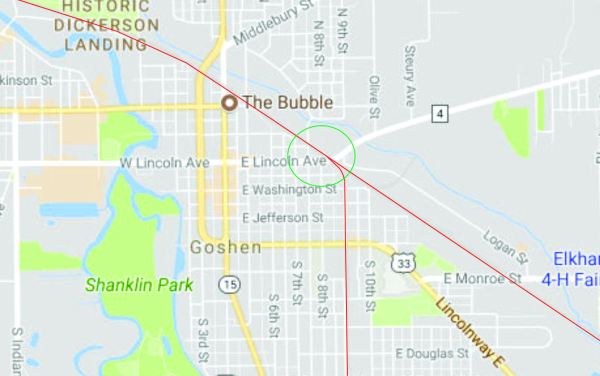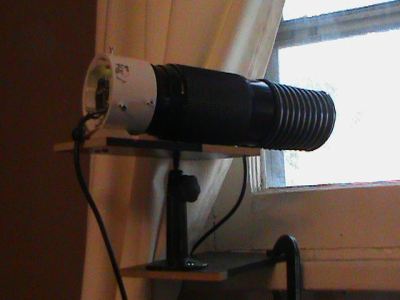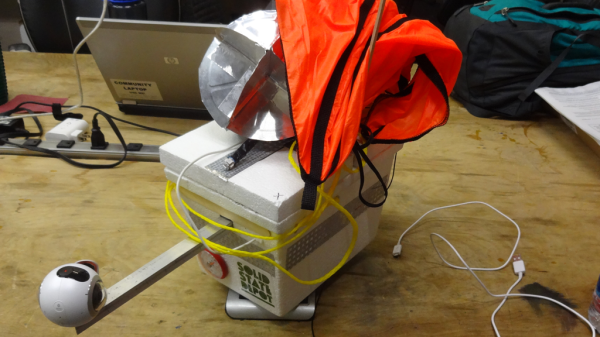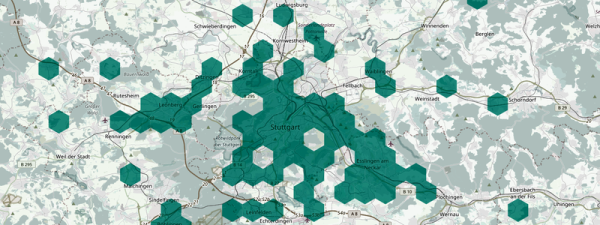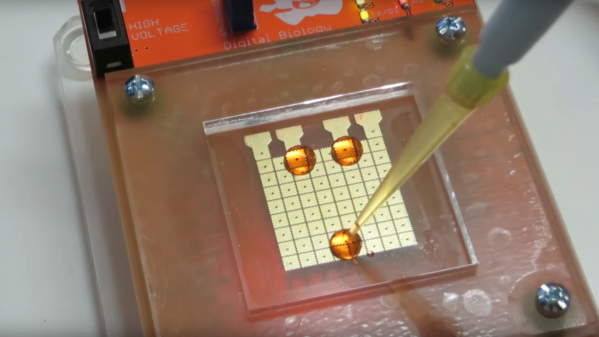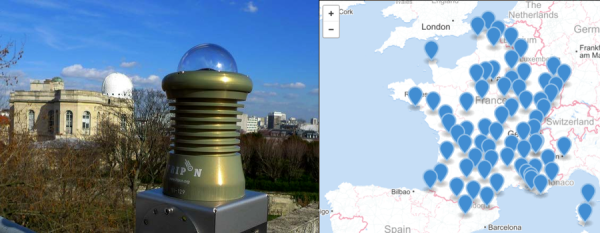Join us on Wednesday at noon Pacific time for the high-altitude ballooning Hack Chat!
The Cope brothers are our hosts this week. Jeremy, a computer engineer, and Jason, a mechanical engineer, have recently caught the high-altitude ballooning (HAB) bug. In their initial flights they’ve racked up some successes and pushed the edge of space with interesting and varied missions. Their first flight just barely missed the 100,000 foot (30,000 meter) mark and carried a simple payload package of cameras and GPS instruments and allowed them to reach their goal of photographing the Earth’s curvature.

Flight 2 had a similar payload but managed to blow through the 100K foot altitude, capturing stunning video of the weather balloon breaking. Their most recent flight carried a more complex payload package, consisting of the usual camera and GPS but also a flight data recorder of their own devising, as well as a pair of particle detectors to measure the change in flux of subatomic particles with increasing altitude. That flight “only” reached 62,000 ft (19,000 meters) but managed to hitch a ride on the jet stream that nearly took the package out to sea.
 The Cope brothers will be joining the Hack Chat to talk about the exciting field of DIY high-altitude ballooning and the challenges of getting a package halfway to space (depending on how that’s defined). Please join us as we discuss:
The Cope brothers will be joining the Hack Chat to talk about the exciting field of DIY high-altitude ballooning and the challenges of getting a package halfway to space (depending on how that’s defined). Please join us as we discuss:
- The basics of flight – balloons, rigging, payload protection, tracking, and recovery;
- Getting started on the cheap;
- Making a flight into a mission with interesting and innovative ideas for payload instrumentation;
- Will hobbyist HABs ever break the Kármán Line? and
- What’s in store for this year’s Global Space balloon Challenge?
You are, of course, encouraged to add your own questions to the discussion. You can do that by leaving a comment on the High-Altitude Ballooning Hack Chat event page and we’ll put that in the queue for the Hack Chat discussion.
Our Hack Chats are live community events on the Hackaday.io Hack Chat group messaging. This week we’ll be sitting down on Wednesday, February 6, at noon, Pacific time. If time zones have got you down, we have a handy time zone converter.
 Click that speech bubble to the right, and you’ll be taken directly to the Hack Chat group on Hackaday.io.
Click that speech bubble to the right, and you’ll be taken directly to the Hack Chat group on Hackaday.io.
You don’t have to wait until Wednesday; join whenever you want and you can see what the community is talking about.




